This article is a perfect indication of the benefits of industry involved collaborative research, while the history of R/V Henry B Bigelow demands cut backs to NOAA’s pathetic role of stock assessment.
Hypoxia team keeps watch on coastal waters
Spring transition is the time of year when coastal wind patterns switch from winter’s southerly flow to summer’s northerly pattern. The summer pattern favors upwelling, the ocean process that ushers nutrients to the surface, providing nourishment for near-shore marine life. It also brings conditions conducive to hypoxia, or low oxygen levels, in the water, creating “dead,,,,,,,,,,,,,Led by oceanographer Kip Shearman, the researchers worked with 10 Oregon crabbers, attaching sensors to about 60 crab pots deployed between Port Orford and Astoria. Because many crabbers use anywhere from 300 to 500 pots, the researchers could select locations, where the sensors recorded temperatures every 10 minutes during the crab sea,,,,,,,“Fishing has been good to me and I’m happy to be giving something back,” Al Pazar, one of the crabbers involved in the project, said at the time. “I love working with OSU, and Sea Grant in particular has helped establish a good connection between Oregon’s fishing industry and academia. It’s a no-brainer to utilize the local volunteers from the fishing fleets and their gear.”
Related




































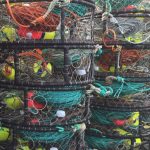
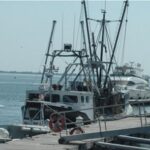
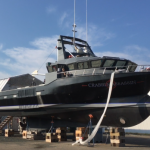
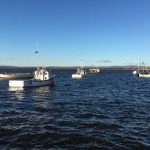
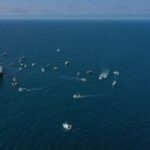
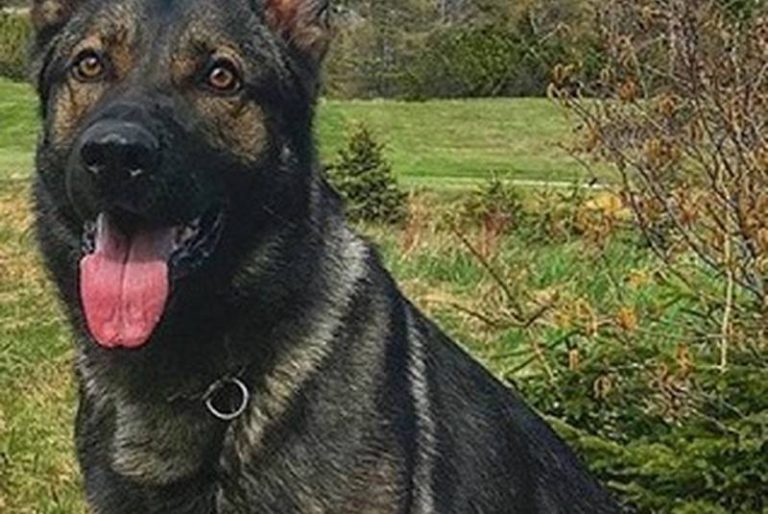
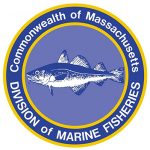

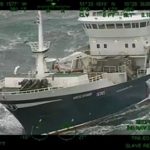
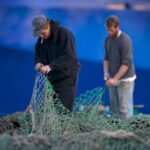




Leave a Reply